Navigating Vietnam: A Guide to Arriving and Exploring
How to go to Vietnam? Uncover travel tips and transportation modes for an amazing journey to this enchanting Southeast Asian nation down below!

Vietnam is a captivating country in Southeast Asia that offers a rich history, stunning landscapes, and vibrant cultures. If you're planning a trip to this beautiful nation, it's important to know the best ways to go there and explore its wonders. Here, we provide you with travel tips and information on various transportation modes to make your journey to Vietnam smooth and memorable.
Fly to Hanoi or Ho Chi Minh City?
When it comes to flying to Vietnam, two major cities serve as entry points: Hanoi in the north and Ho Chi Minh City (formerly Saigon) in the south. The choice between these cities depends on your preferences and the regions you wish to explore. Hanoi is the capital city located in the northern part of the country, known for its rich cultural heritage and beautiful landscapes. On the other hand, Ho Chi Minh City is the largest city in Vietnam, offering a bustling atmosphere, vibrant nightlife, and access to the Mekong Delta. Consider your interests and the attractions you want to visit before making a decision.
Get Around Vietnam
Once you arrive in Vietnam, you'll need to consider the best transportation modes to travel within the country. Vietnam offers various options to suit different preferences and budgets:
1. Domestic Flights
If you're looking for a quick and convenient way to cover long distances, domestic flights are a great option. Vietnam has several domestic airlines that operate flights between major cities, including Hanoi, Ho Chi Minh City, Da Nang, and Hue. This mode of transportation allows you to save time and explore different regions efficiently.
2. Trains
For a unique and scenic experience, consider traveling by train in Vietnam. The country has an extensive railway network that connects major cities and towns. Train journeys offer an opportunity to witness the beautiful landscapes and local life as you pass through the countryside. Trains are available in different classes, including sleepers for overnight journeys.
3. Buses
If you're looking for a budget-friendly option to get around Vietnam, buses are a popular choice. The country has a well-developed bus network that connects various destinations, both within cities and between provinces. Buses offer flexibility and allow you to explore off-the-beaten-path locations. However, be prepared for longer travel times due to frequent stops and traffic conditions.
4. Motorbikes
For the adventurous travelers, renting a motorbike provides an exhilarating experience and the freedom to explore Vietnam at your own pace. Motorbikes are a common mode of transportation among locals and tourists alike, especially in cities like Hanoi and Ho Chi Minh City. However, ensure that you have a valid international driving license and take necessary safety precautions before embarking on a motorbike journey.
Recommended Tours
When planning your trip to Vietnam, consider booking a vietnam tours package to make the most of your visit. These packages often include guided tours, accommodation, transportation, and activities, taking the stress out of planning and allowing you to fully immerse in the country's culture and attractions.
What Our Clients Say
Don't just take our word for it - here are some testimonials from our happy clients who have experienced the magic of Vietnam as a holiday destination:
"Vietnam exceeded all my expectations - from the bustling streets of Hanoi to the serene beauty of Ha Long Bay. The tour organized by Viet Holiday Travel was well-planned, ensuring we didn't miss out on any of the country's top attractions. The guides were knowledgeable and friendly, and the accommodations were comfortable. I highly recommend exploring Vietnam with Viet Holiday Travel!" - John, USA "My Vietnam tour with Viet Holiday Travel was a fantastic experience. The itinerary covered a diverse range of destinations, such as Hoi An, Hue, and Ho Chi Minh City, each offering unique cultural and historical sites. The guides provided insightful commentary, making the trip educational and enjoyable. I will definitely be returning to Vietnam!" - Emily, UK In conclusion, Vietnam offers a wealth of attractions and experiences for travelers. By choosing the right transportation modes, booking recommended tours, and listening to testimonials from satisfied clients, you can ensure a memorable and enjoyable journey to this enchanting Southeast Asian nation.
CONTACT A TRAVEL EXPERT
Planning a vacation to Vietnam can be an exciting yet overwhelming experience. With so many things to see and do, it can be difficult to determine the best itinerary and make all the necessary arrangements. That's where contacting a travel expert can make all the difference.
Benefits of consulting with a travel expert
1. Expert knowledge: Travel experts have extensive knowledge about Vietnam as a holiday destination. They can provide valuable insights into the country's top attractions, hidden gems, and unique experiences.
2. Personalized itineraries: A travel expert can create a customized Vietnam tours package tailored to your preferences and interests. They take into account your budget, timeframe, and travel style to design the perfect itinerary.
3. Local connections: Travel experts often have established relationships with local tour operators and accommodations. This means they can secure the best deals and exclusive experiences for their clients.
4. Hassle-free experience: By working with a travel expert, you can avoid the stress of planning and organizing every aspect of your trip. They handle all the logistics, leaving you free to enjoy your holiday.
How to contact a travel expert
There are several ways to get in touch with a travel expert for your Vietnam holiday travel:
1. Online travel agencies: Many online travel agencies have dedicated customer service departments staffed by knowledgeable travel experts. You can reach them via phone, email, or live chat.
2. Travel forums and communities: Participating in travel forums or online communities can connect you with seasoned travelers who can offer advice and recommendations. They may even recommend specific travel experts they've worked with.
3. Travel agencies and tour operators: Local travel agencies and tour operators specializing in Vietnam can provide personalized assistance in planning your trip. These professionals have on-ground experience and can offer valuable insights.
4. Social media platforms: Many travel experts and agencies have a strong presence on social media platforms like Facebook and Instagram. You can send them direct messages or engage with their content for more information.
5. Travel expos and fairs: Attending travel expos or fairs is an excellent way to meet travel experts in person. You can discuss your requirements face-to-face and get instant recommendations.
SUBSCRIBE TO WIN A FREE TOUR
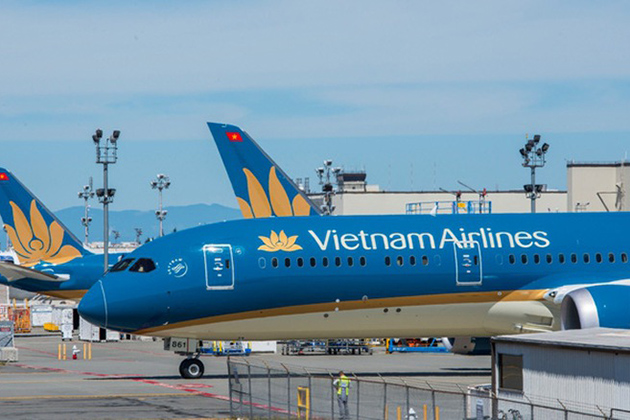
If you're looking to maximize your chances of experiencing Vietnam's top attractions without breaking the bank, subscribing to win a free tour is a fantastic option.
Benefits of subscribing to win a free tour
1. Cost savings: Winning a free tour eliminates the cost of accommodation, transportation, and guided tours, allowing you to enjoy a memorable vacation without worrying about expenses.
2. Access to popular attractions: Many free tours include visits to Vietnam's top attractions, providing you with an opportunity to explore these must-see destinations without paying an entry fee.
3. Guided experiences: Free tours often come with expert guides who share their knowledge and insights about the attractions, enhancing your overall experience.
4. Networking opportunities: Subscribing to win a free tour can connect you with other like-minded travelers who share your passion for exploration and adventure.
5. Engaging with local culture: Free tours often include immersive activities that allow you to interact with the local culture and community, providing a more authentic travel experience.
How to subscribe and increase your chances of winning
1. Research reputable tour companies and websites that offer free tours to Vietnam. Take into consideration their reviews, ratings, and credibility.
2. Sign up for newsletters or mailing lists of these tour companies and websites to receive updates on upcoming free tour contests.
3. Follow their social media accounts to stay informed about any giveaway announcements and participate in any relevant contests or activities.
4. Engage with their content by commenting, liking, and sharing. This can increase your visibility and potentially catch the attention of the tour company or website conducting the giveaway.
5. Take advantage of referral programs if available. Some tour companies offer additional entries into the contest for every person you refer who signs up for the giveaway.
Getting to Vietnam: A Comprehensive Guide
Vietnam is a captivating country in Southeast Asia, renowned for its rich history, vibrant culture, and breathtaking landscapes. Before embarking on your Vietnam holiday travel, it's essential to familiarize yourself with the various options for getting there.
By air
Vietnam has several international airports, with the three main ones being Noi Bai International Airport in Hanoi, Tan Son Nhat International Airport in Ho Chi Minh City, and Da Nang International Airport in Da Nang. These airports are well-connected to major cities around the world, making air travel the most popular option for reaching Vietnam.
Flight options
1. Direct flights: Many airlines offer direct flights to Vietnam from major international hubs such as London, Paris, Beijing, Tokyo, and Sydney. These direct flights often provide the quickest and most convenient way to reach the country.
2. Connecting flights: In cases where there are no direct flights available, travelers can opt for connecting flights. This involves a layover at another airport before continuing the journey to Vietnam. Connecting flights can sometimes be more affordable but may involve longer travel times.
3. Budget airlines: Several budget airlines operate within Asia and offer affordable fares to Vietnam. These airlines may have more limited routes and services compared to full-service carriers but can be a cost-effective option for some travelers.
By land
Vietnam shares land borders with several neighboring countries, including Cambodia, Laos, and China. Traveling to Vietnam by land requires careful planning and research, as different crossing points have varying regulations and requirements.
Border crossing points
1. Cambodia-Vietnam border: The most popular border crossing between Cambodia and Vietnam is the Bavet-Moc Bai crossing. This crossing connects Phnom Penh, Cambodia, to Ho Chi Minh City, Vietnam. Other border crossings are available but may have fewer transport options.
2. Laos-Vietnam border: The main crossing between Laos and Vietnam is the Nam Can/Keo Nua crossing. This crossing connects Savannakhet Province, Laos, to Nghe An Province, Vietnam. Alternative crossing points include Tay Trang-Nong Haet and Na Meo-Nam Xoi.
3. China-Vietnam border: The primary border crossing between China and Vietnam is at Lao Cai-Hekou. This crossing connects Lao Cai, Vietnam, to Hekou, China. Additional border crossings include Dong Dang and Huu Nghi Quan.
Top Transportation Options for Traveling to Vietnam
.jpg)
Traveling within Vietnam is an adventure in itself, thanks to the country's diverse transportation options. From traditional modes to modern infrastructure, here are some of the top transportation options for exploring Vietnam's top attractions.
Domestic flights
For long journeys or when time is limited, domestic flights are a convenient option. Vietnam has numerous domestic airports, connecting major cities and popular tourist destinations.
Major domestic airlines
1. Vietnam Airlines: As the national flag carrier, Vietnam Airlines operates the most extensive domestic flight network, covering destinations such as Hanoi, Ho Chi Minh City, Da Nang, Nha Trang, and Phu Quoc.
2. Jetstar Pacific: Jetstar Pacific is a budget airline that offers domestic flights to many popular destinations, including Hanoi, Ho Chi Minh City, Da Nang, and Hai Phong. They often have competitive fares.
3. Vietjet Air: Vietjet Air is another budget airline with an expanding domestic network. They provide affordable flights to major cities such as Hanoi, Ho Chi Minh City, Da Nang, Hue, and Phu Quoc.
Trains
Traveling by train in Vietnam is a popular choice due to its scenic routes and comfortable cabins. The country's north-south railway line connects Hanoi and Ho Chi Minh City, passing through multiple cities and towns along the way.
Train classes
1. SE trains: SE trains are the fastest option, offering first-class and second-class seats with air conditioning. They are well-suited for long-distance journeys.
2. TN trains: TN trains are slower, but they provide a more economical option with soft seats and sleeper berths.
3. Local trains: Local trains are the cheapest option, catering mostly to locals. They may lack modern amenities but offer an authentic experience for travelers looking for a budget-friendly adventure.
Buses
Buses are a popular mode of transportation for both short and long distances within Vietnam. They offer affordable fares, frequent departures, and the flexibility to access various remote areas.
Types of buses
1. Sleeper buses: Sleeper buses are equipped with reclining seats that convert into beds, allowing passengers to rest during overnight journeys. These buses often have curtains for added privacy.
2. Open-tour buses: Open-tour buses cater to tourists and offer flexible travel options. Passengers can purchase a ticket and hop on and off at different stops along the route, exploring Vietnam at their own pace.
3. Public buses: Public buses are the most common type of bus transportation in Vietnam. They operate on fixed routes and schedules and are typically the cheapest option. However, they may not be the most comfortable for long journeys.
Motorbikes and scooters
For those seeking a more adventurous and independent mode of transportation, motorbikes and scooters offer the freedom to explore Vietnam at your own pace. Renting a motorbike is a popular option, especially in tourist areas.
Considerations for renting a motorbike
1. Valid license: Ensure you have a valid driver's license that allows you to operate a motorbike in Vietnam.
2. Safety gear: Wear a helmet and appropriate safety gear to protect yourself while riding.
3. Familiarize yourself with local traffic rules: Vietnam has its own traffic rules and norms, so it's essential to understand them before embarking on a motorbike adventure.
4. Rental agreements: Read and understand the terms and conditions of the motorbike rental agreement, including insurance coverage, maintenance responsibilities, and required documentation.
Navigating Your Way to Vietnam: Tips for a Smooth Journey
Traveling to a new country can be an exciting yet challenging experience. To ensure a smooth journey to Vietnam and make the most of your visit, consider the following tips:
Visa requirements
Check the visa requirements for your nationality before traveling to Vietnam. Some nationalities are eligible for visa-free entry, while others may require a visa on arrival or a pre-approved visa. Ensure you have the necessary documentation in order to avoid any complications upon arrival.
Currency and money exchange
Vietnam's official currency is the Vietnamese Dong (VND). While major cities and tourist areas also accept US dollars and Euros, it's advisable to carry local currency for smaller establishments and rural areas. Exchange money at banks, authorized money exchange counters, or withdraw from ATMs for the best exchange rates.
Communication and internet access
Getting a local SIM card upon arrival is a convenient option for staying connected while in Vietnam. Major mobile network providers offer tourist-friendly SIM cards that provide data and calling plans. Additionally, many hotels, restaurants, and cafes offer free Wi-Fi access.
Transportation apps
Download popular transportation apps like Grab or Gojek for convenient and reliable taxi or ride-hailing services. These apps allow you to book a ride in advance, track your driver's location, and make cashless payments.
Local customs and etiquette
It's important to respect Vietnam's customs and traditions during your visit. Learn a few basic Vietnamese phrases, such as greetings and thank you, as locals appreciate the effort. When visiting temples or pagodas, dress modestly and remove your shoes before entering.
Weather and packing essentials
Vietnam experiences a diverse climate, so pack accordingly. Bring lightweight and breathable clothing for the hot and humid regions, and layer up for cooler areas. Sunscreen, insect repellent, and a reusable water bottle are essential items to carry.
By following these tips and taking advantage of the various transportation options available, you can ensure a memorable and hassle-free visit to Vietnam. Take the time to plan your trip, embrace the local culture, and immerse yourself in the country's rich heritage and natural beauty.
Flying into Vietnam: Airlines, Airports, and Visa Requirements
Choosing an Airline
When planning a trip to Vietnam, one of the first considerations is selecting an airline. Several major airlines operate direct flights to Vietnam from various international destinations. Popular carriers include Vietnam Airlines, AirAsia, Emirates, Korean Air, and Singapore Airlines, among others. It is advisable to compare flight prices, travel dates, and available amenities to find the most suitable option.
Arriving at Airports in Vietnam
Vietnam has several international airports that serve as entry points for visitors. The two primary airports are Noi Bai International Airport in Hanoi and Tan Son Nhat International Airport in Ho Chi Minh City. Other international airports include Da Nang International Airport, Phu Quoc International Airport, and Cam Ranh International Airport. These airports are well-equipped with facilities to ensure a seamless arrival experience for travelers.
Visa Requirements for Vietnam
Before traveling to Vietnam, it is crucial to understand the visa requirements. Some nationalities are eligible for visa exemptions and can stay in Vietnam for a certain period without a visa. However, most visitors need to obtain a visa either through their nearest Vietnamese embassy or through an online visa application. The e-visa system allows travelers to apply for a visa online, which simplifies the process. It is essential to check the specific visa requirements based on nationality and intended length of stay.
Reaching Vietnam by Land: Cross-border Travel and Border Crossings

Entering Vietnam by Land
For those looking for an alternative way to reach Vietnam, traveling by land provides a unique experience. Vietnam shares borders with China, Laos, and Cambodia, allowing travelers to explore multiple countries in the region. Cross-border travel can be done through various border crossings, including the Friendship Pass between Vietnam and China, the Lao Bao border gate between Vietnam and Laos, and the Moc Bai border gate between Vietnam and Cambodia.
Border Crossing Requirements
When crossing borders into Vietnam, it is important to ensure compliance with immigration regulations. Each border crossing has specific requirements, such as valid passports, visas, and necessary permits. It is advisable to check the latest information on border rules and regulations to avoid any complications during the journey.
Getting to Vietnam by Sea: Cruises and Ferries
Exploring Vietnam by Cruise
Vietnam's coastal beauty and vibrant cities make it an attractive destination for cruise travelers. Many cruise lines offer itineraries that include stops in popular Vietnamese ports such as Halong Bay, Da Nang, and Nha Trang. Cruising provides a unique perspective, allowing visitors to experience the country's diverse landscapes and cultural heritage from the comfort of a luxury cruise ship.
Ferry Services to Vietnam
For those seeking an adventurous journey, ferries are available to reach Vietnam from neighboring countries such as Cambodia and Malaysia. Ferries offer a convenient method of travel, especially for travelers on longer journeys through Southeast Asia. They provide an opportunity to enjoy the scenic coastline and make multiple stops along the way.
Visiting Vietnam's Top Attractions
Vietnam is a captivating holiday destination with a wealth of attractions to explore. From bustling cities like Hanoi and Ho Chi Minh City to stunning natural wonders like Halong Bay and Phong Nha-Ke Bang National Park, the country offers diverse experiences for every type of traveler. Other top attractions include the ancient town of Hoi An, the imperial city of Hue, and the beautiful beaches of Nha Trang and Phu Quoc. Vietnam tours packages are available to help travelers make the most of their visit and discover the country's rich history, vibrant culture, and picturesque landscapes.
Conclusion
Vietnam is an enchanting destination that can be reached by air, land, or sea. With its diverse transportation options and myriad attractions, travelers can choose the most suitable method of reaching Vietnam based on their preferences. Whether exploring the country's bustling cities, cruising along its stunning coastline, or crossing borders to discover neighboring countries, each mode of travel presents a unique adventure. With proper planning and adherence to visa requirements, a memorable Viet holiday travel experience awaits visitors in Vietnam.
Conclusion
Getting to Vietnam is the first step towards exploring its rich culture, stunning landscapes, and vibrant cities. Whether you choose to arrive by air or land, the country offers a plethora of options for travelers seeking an unforgettable experience. From the bustling streets of Ho Chi Minh City to the tranquil beauty of Hanoi's top attractions, Vietnam has something for everyone. Whether you prefer to soak up the sun on the pristine beaches of Phu Quoc or delve into the historical significance of the Cu Chi Tunnels, a Vietnam holiday travel promises endless adventure and discovery. With its friendly locals, mouthwatering cuisine, and awe-inspiring natural wonders, Vietnam has firmly established itself as a top holiday destination in Southeast Asia.




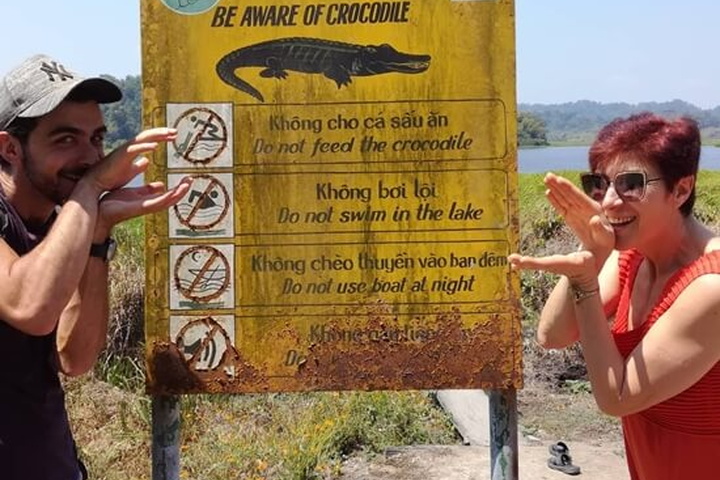
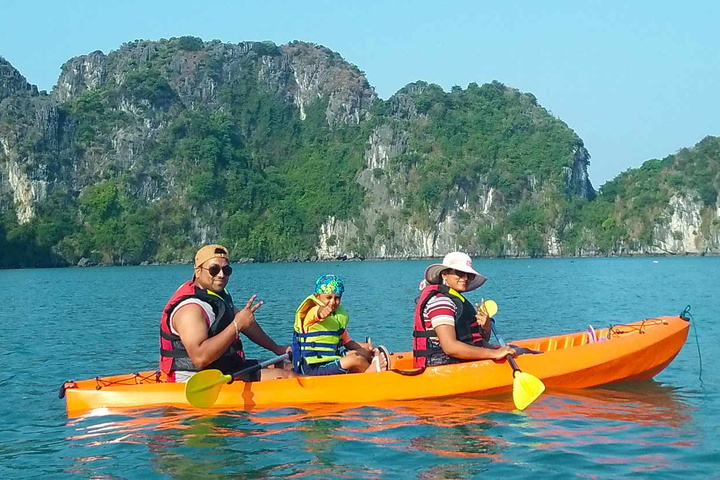

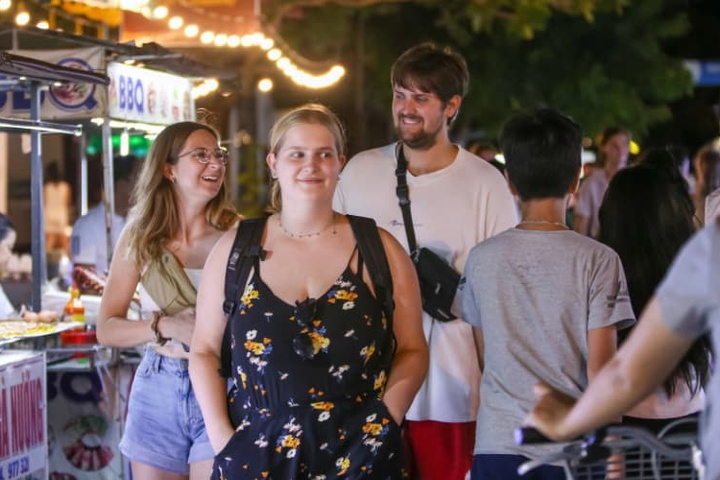

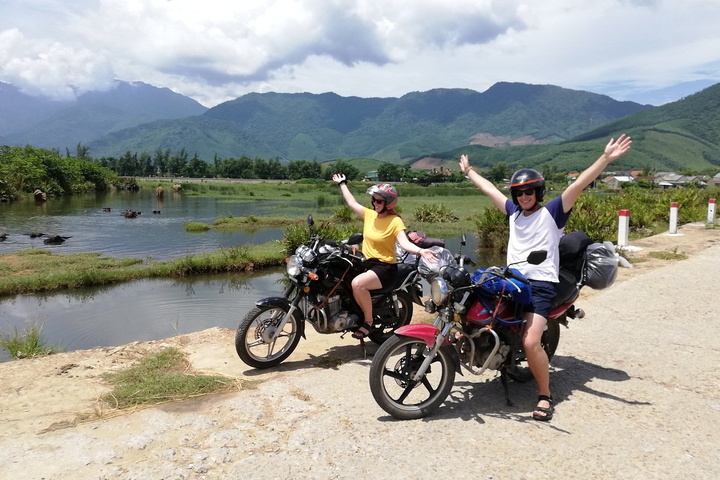
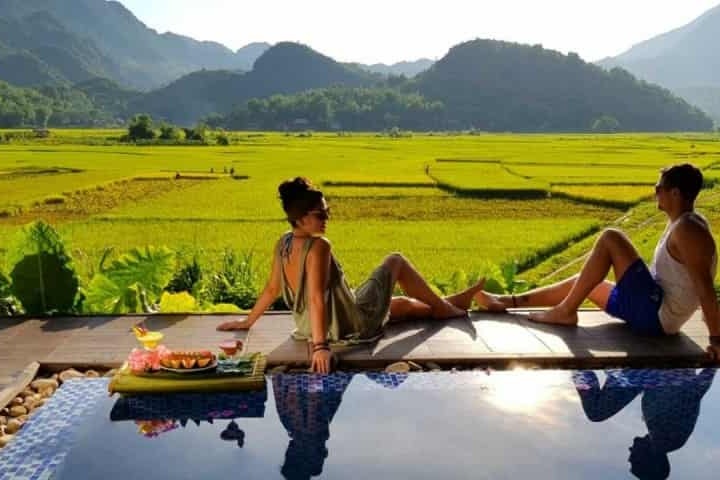


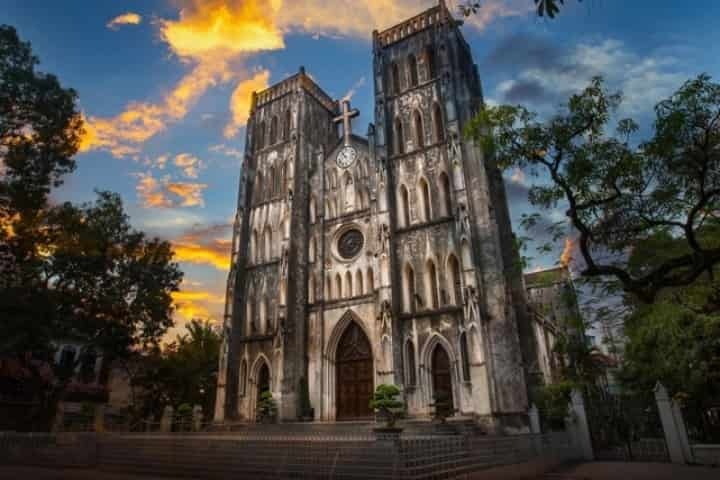

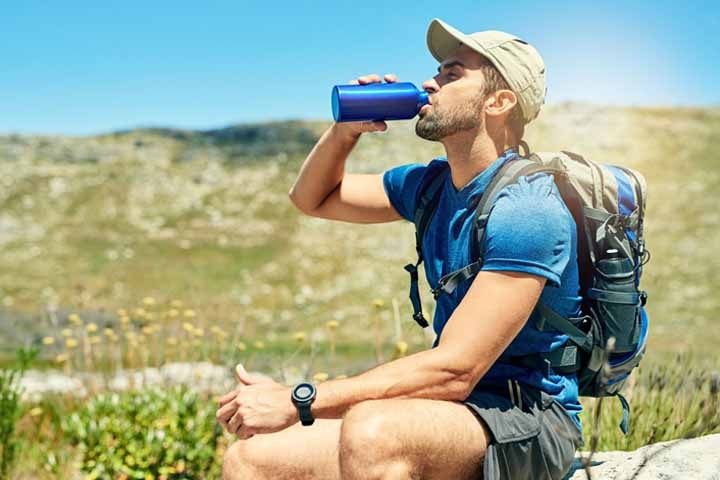

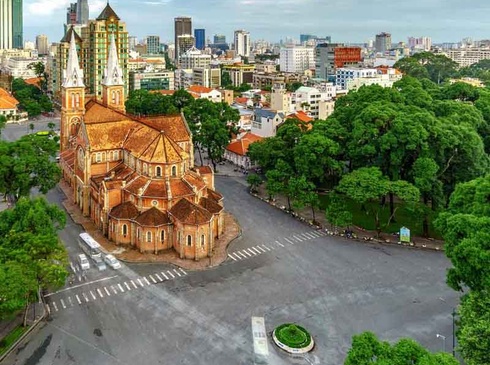
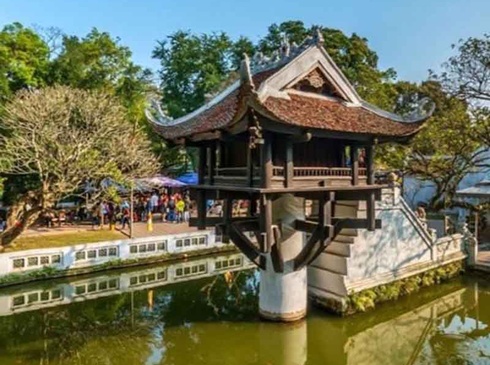
There are 0 comments, reviews about Navigating Vietnam: A Guide to Arriving and Exploring
AAdminAdmin
Welcome, honored guests. Please leave a comment, we will respond soon